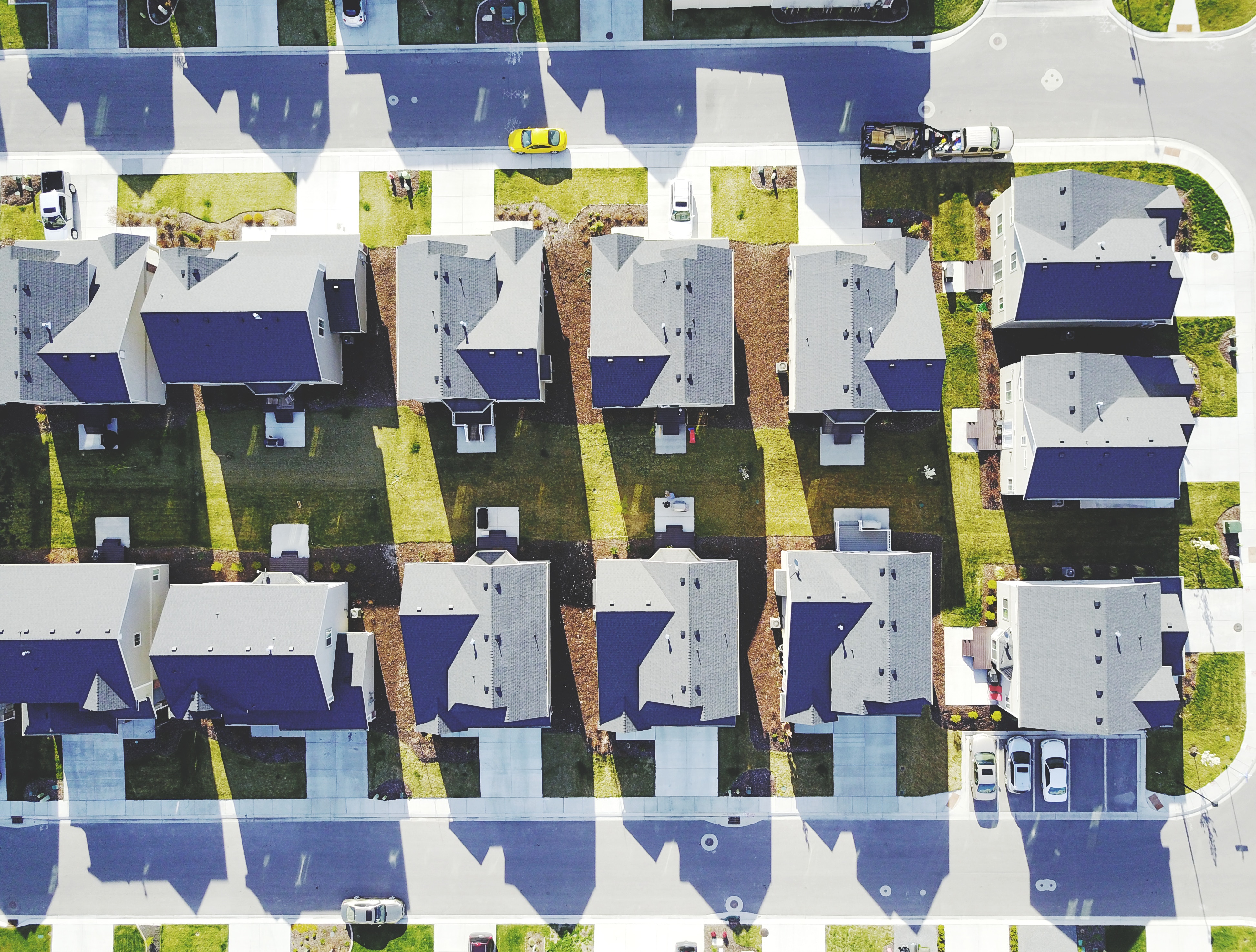Driven by an increase in housing projects for multi-families, U.S. homebuilding bounced back in November. On the other hand, construction of homes for single-families dropped the lowest in the past year and a half. This statistic points to a worsening market weakness for the housing industry that could have a wider economic effect.
According to the report made by the Department of Commerce on Tuesday, housing numbers dipped in October. Highlighting the weakness of the housing market showed completion of single-family homes plunged for the third consecutive month in November.
Last month’s housing stats improved by 3.2 percent and reached an annual rate of 1.256 million units. Meanwhile, October’s data was revised and as a result, showed a rate drop of housing starts. The initially reported 1.228 million units went down to 1.217 million units.
In the South where a large part of homebuilding is accounted for, records of a 6.8 percent jump from last month’s single-family housing starts. Northeast records plummeted by 9.5 percent while a 24.4 percent fall occurred in the West, presumably due to California wildfires. Consequently, a 3.2 percent drop also happened in the Midwest.
Homebuilding increase in November came after two consecutive monthly dips. On a yearly basis, there is an average of 3.6 percent decline in housing starts in November. Conversely, building permits increased by 5.0 percent last month and reached 1.328 million units. The reason behind this increase can be attributed to the rise in multi-family housing which is being heightened by rental home demand.
Single-family housing holds the most significant housing market share but permits for them barely grew last month. Chief economist David Berson of Nationwide in Ohio said that the demand for family-owned homes has to recover. Otherwise, it will be difficult to have a turn-around for single-family housing starts.
A higher rate of mortgage and tight inventories caused by a shortage of labor and land constrain the housing market. Although significantly slowed, the rate of housing inflation is still faster than wage increase, putting first-time homebuyers off.
On Monday, a survey on single-family homebuilders revealed that confidence dropped to over a 2-1/2-year low. There is consumer demand, but the rising costs of homes cause customers to hesitate to purchase.
A Warning Sign
Zillow’s senior economist Aaron Terrazas said that the market for residential construction may have been on pause in 2018. The performance of the construction industry could be an early indicator of a larger shift to the broader economy.
The housing sector is susceptible to fluctuating interest rates. Continued weakness in this industry could be signaling a stoppage in the whole economy. However, economists do not think this situation will dissuade the Federal Reserve from increasing rates.
This year alone, the United States central bank has hiked the borrowing costs up three times. The fixed rate for a 30-year mortgage also rose over 60 points or up to 4.63 percent.
According to Chris Rupkey, MUFG New York’s chief economist, hikes on Fed rates won’t hurt the house building market further. Rather, it is crucial to keep gradual hikes to not alarm investors and the market about the possible economic outlook.
In line with a stronger stock market, the Philadelphia Stock Exchange index shows that housing is trading higher. To caution the Federal Reserve’s rate decision, the dollar dropped to a week-long low against other currencies, and Treasury prices rose.
Housing investment shrunk between the first and third quarter of this year, marking the lengthiest stretch since the mid of 2009. Moreover, it is expected that the fourth quarter results have declined again and may continue on until mid-2019. In the last quarter of next year, it is likely that trade and housing will hamper the country’s economic growth.














